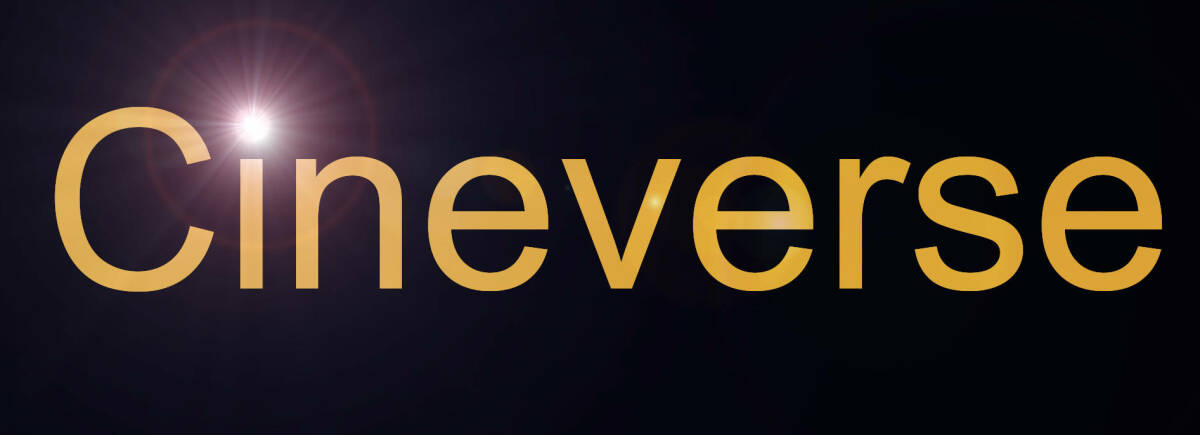https://www.epd-film.de/node/15755

3. November, 20:15 Uhr, ONE
Philippe Lioret erzählt in »Die kanadische Reise« von einer Vatersuche und einer Identitätsfindung, die vor dem malerischen Hintergrund von Québec spielt. Hauptdarsteller Gabriel Arcand und Pierre Deladonchamps glänzen in einem psychologischen Drama, das sacht der Überraschungsdramaturgie eines Thrillers folgt.
Die kanadische Reise (2016)

3. November, 20:15 Uhr, ONE
Philippe Lioret erzählt in »Die kanadische Reise« von einer Vatersuche und einer Identitätsfindung, die vor dem malerischen Hintergrund von Québec spielt. Hauptdarsteller Gabriel Arcand und Pierre Deladonchamps glänzen in einem psychologischen Drama, das sacht der Überraschungsdramaturgie eines Thrillers folgt.

